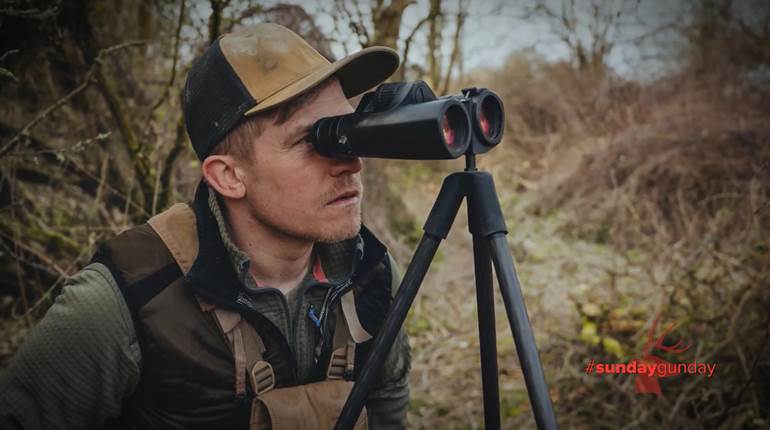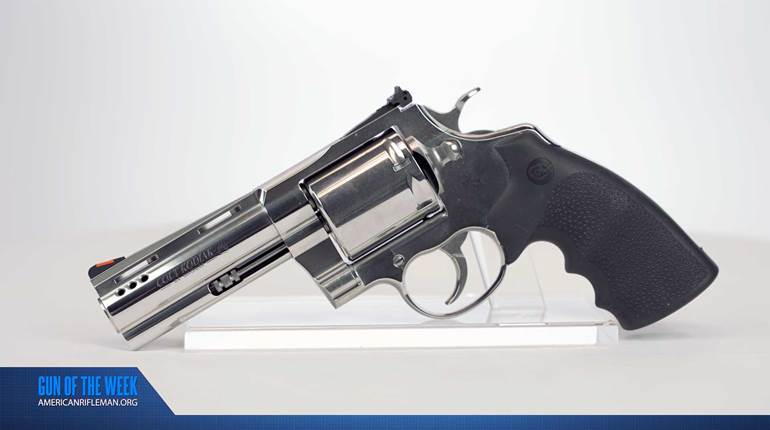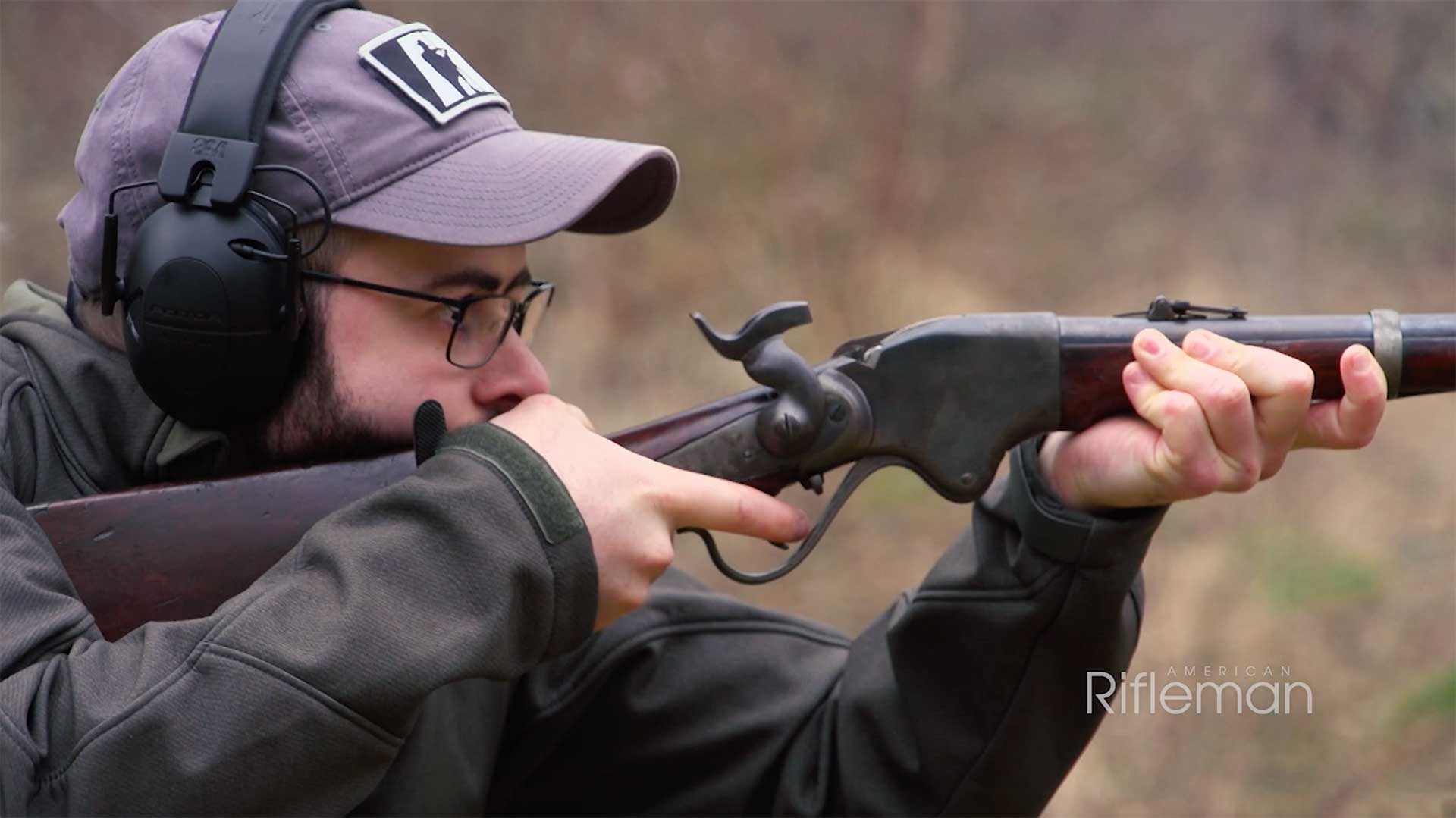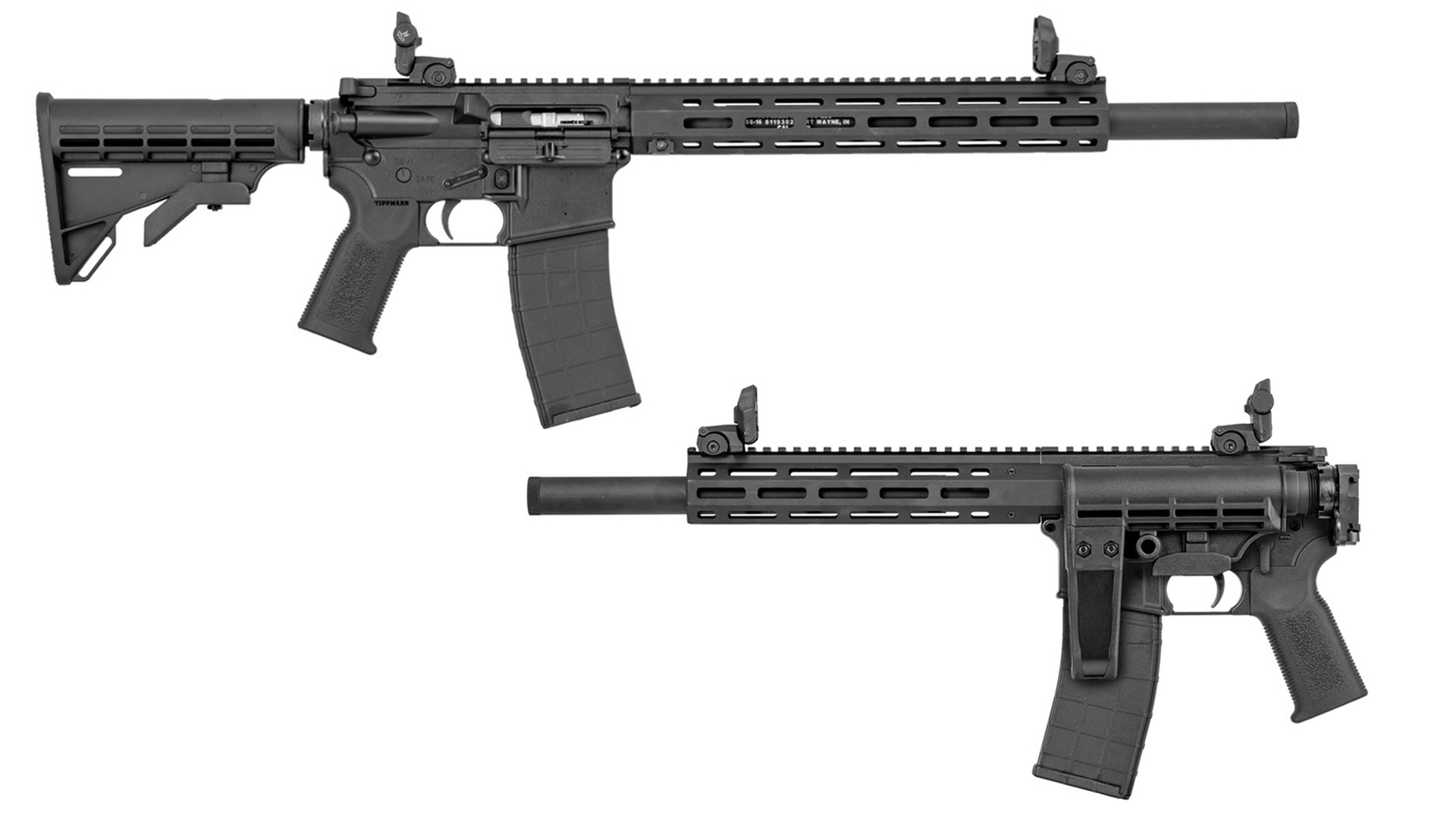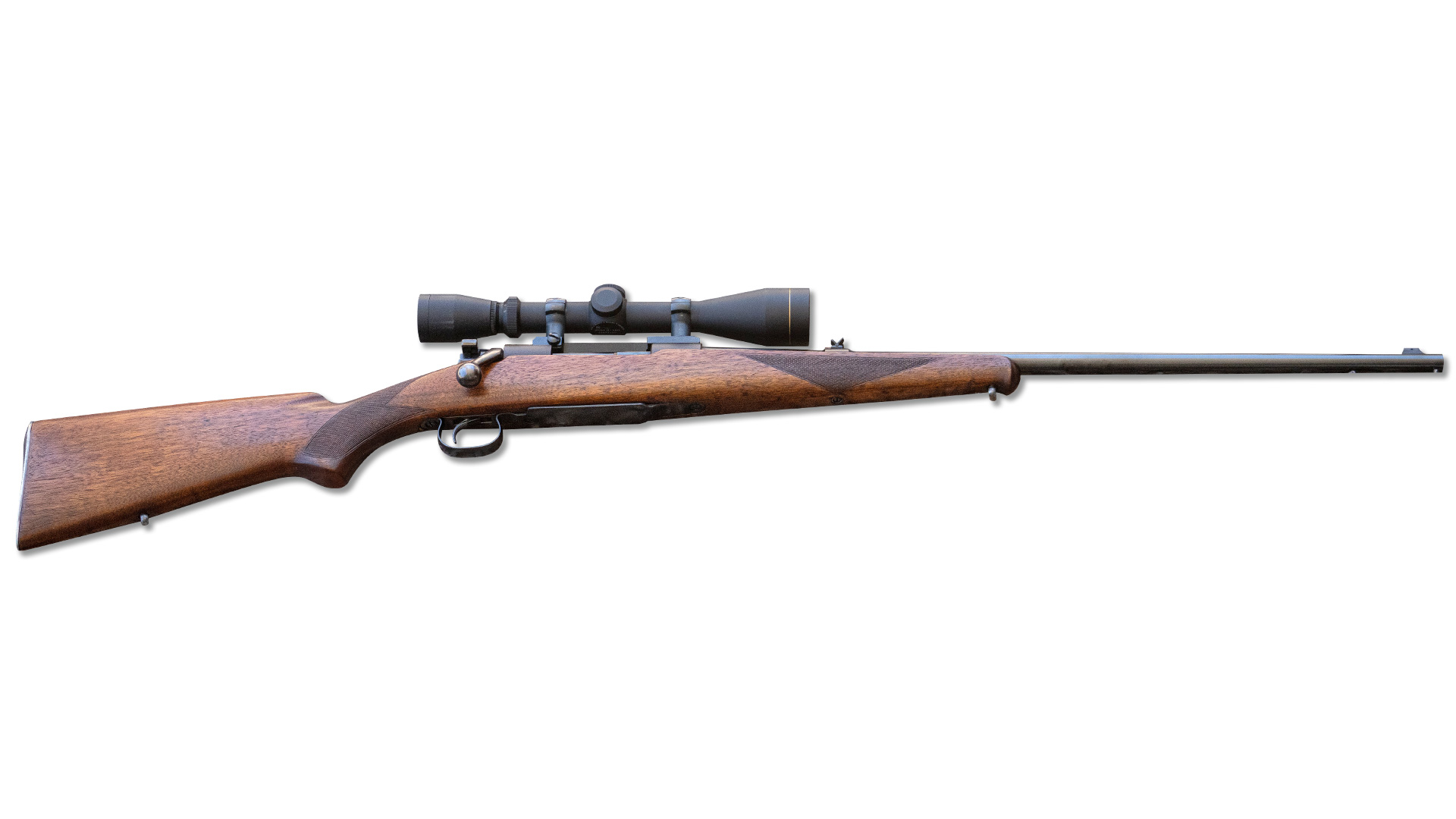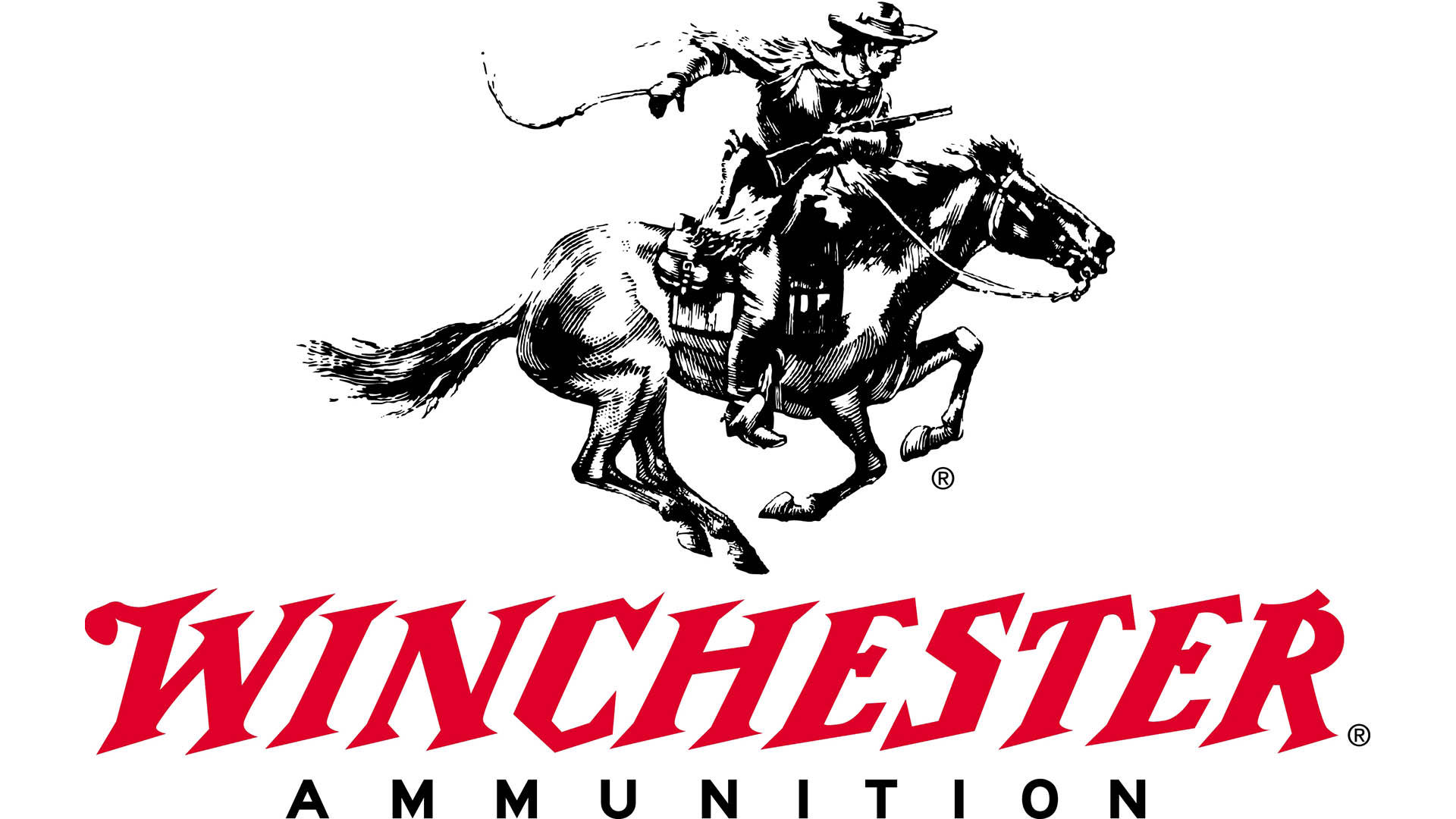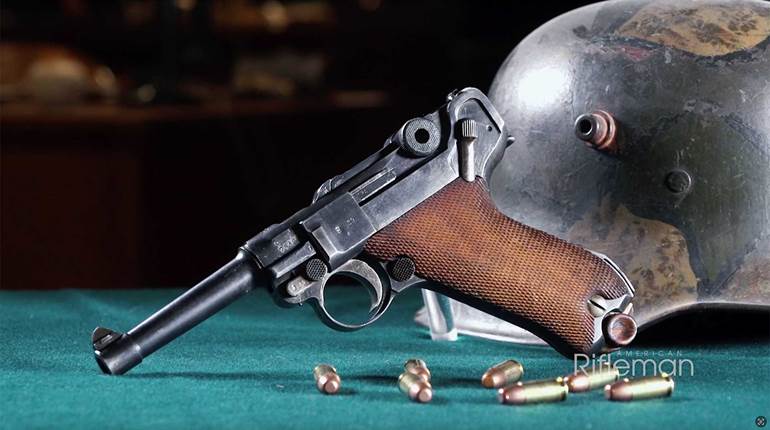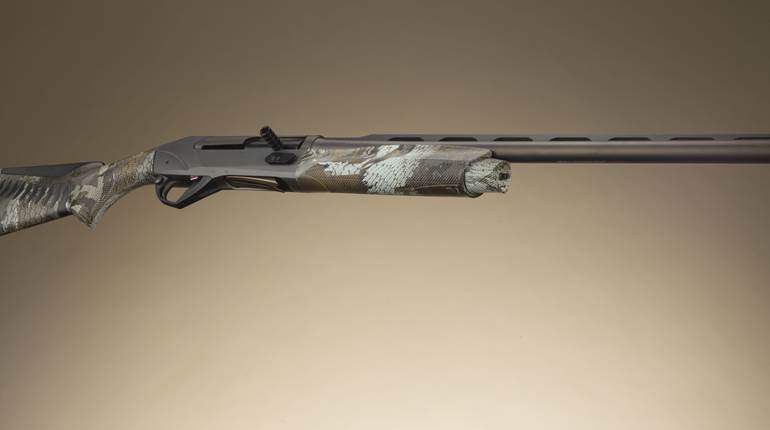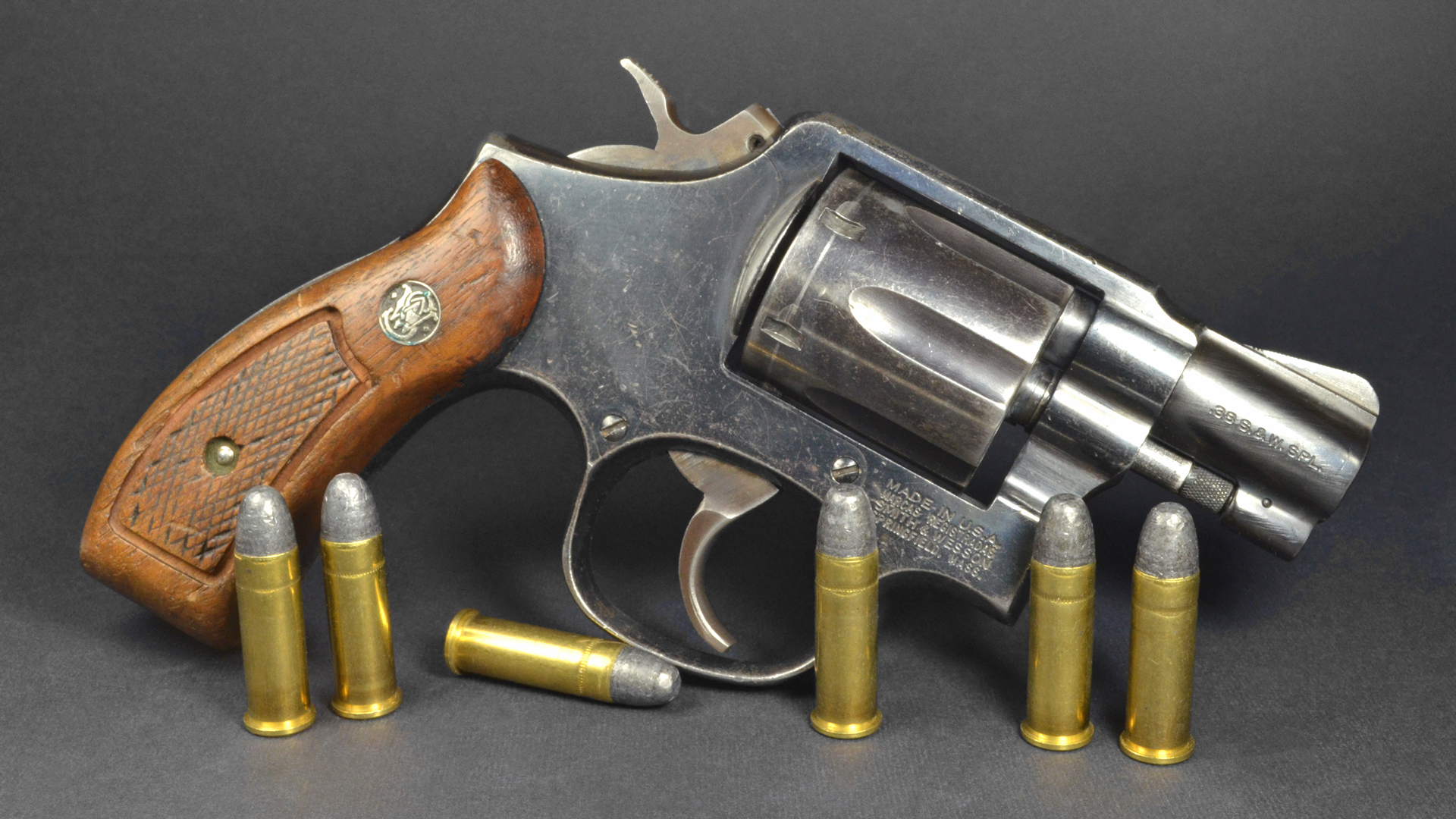
Elmer Keith (1899–1984) one of the 20th century’s most well-known firearm experts, didn’t mince words when he opined on the limitations of the .38 Special. He was a practical man and viewed calibers from the perspective of how well-suited they were for various applications. His primary interests were hunting and defense. For him, it was all about power, and he felt the .38 Spl. came up short in that regard.
Keith writes in his 1955 book, Sixguns, when talking about its use for defense, the .38 Spl., “ … is too small for a man-stopper or service cartridge.” “ … [I]t has proven inadequate as a man-stopper in so many cases as to need no further comment here on that score.” That was harsh but to the point. The only .38-cal. cartridge he felt was adequate for a man-stopper “under all conditions” was the .357 Magnum, and he played a key role in developing that cartridge.
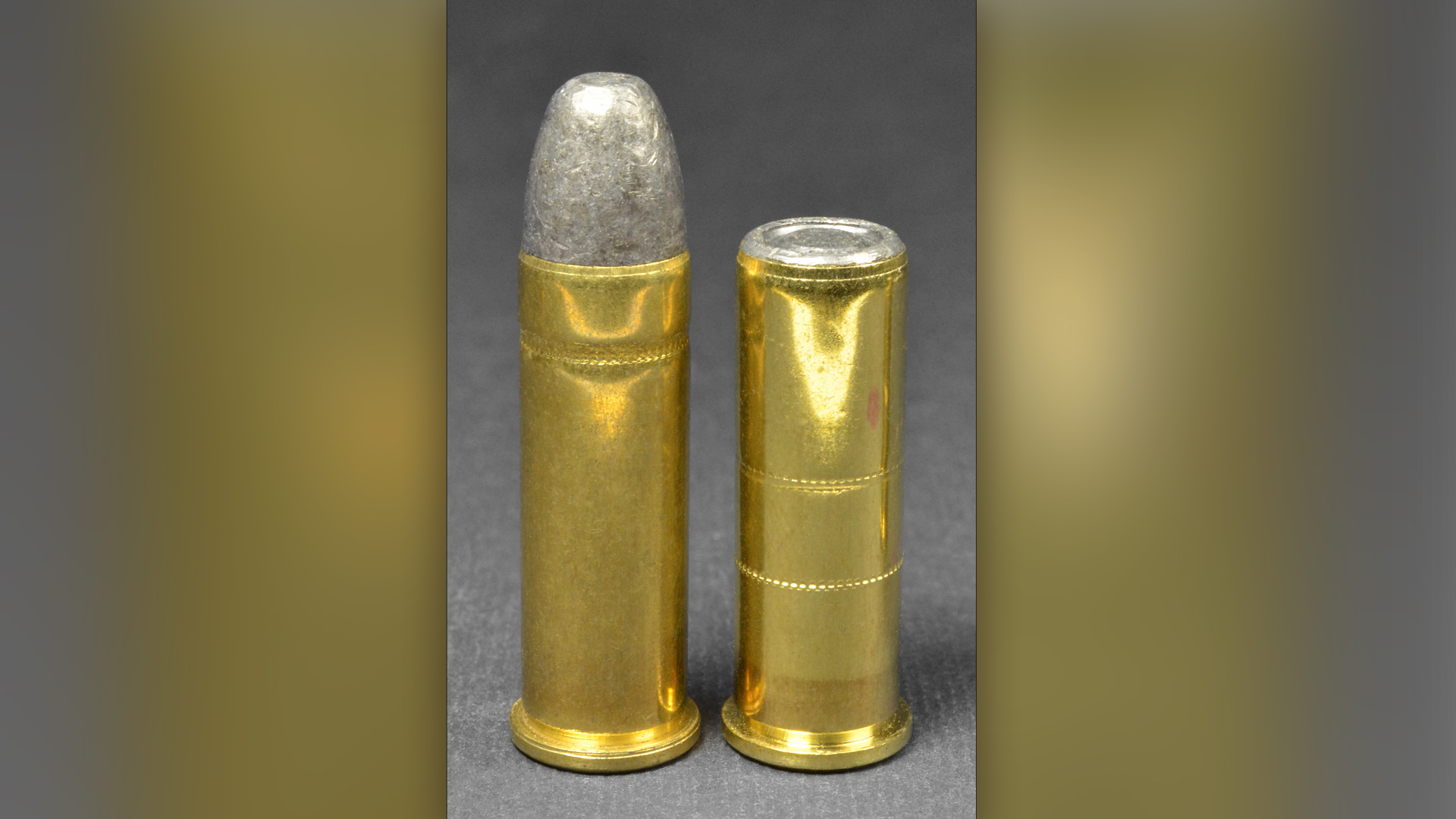
Let’s see what he says about the .38 for hunting. “In standard round nose 158 grain at a velocity of around 870 feet, it is not a good killer, even on jack rabbits, big grouse or chucks and they must be hit just right for a clean kill.”
During the time Elmer wrote that book, round nose and wadcutter bullets were typical fare in the .38 Spl., and this what he based his opinion on. Looking at old catalogs from that time, I could not find hollow-point bullets in the .38 Spl. In other handgun cartridges? Yes, but none in the .38 Spl. If you wanted a hollow point in the .38, you had to make your own. And that’s exactly what he did. In fact, he designed a 160-grain hollow-point mold #358439 that is still sold today.
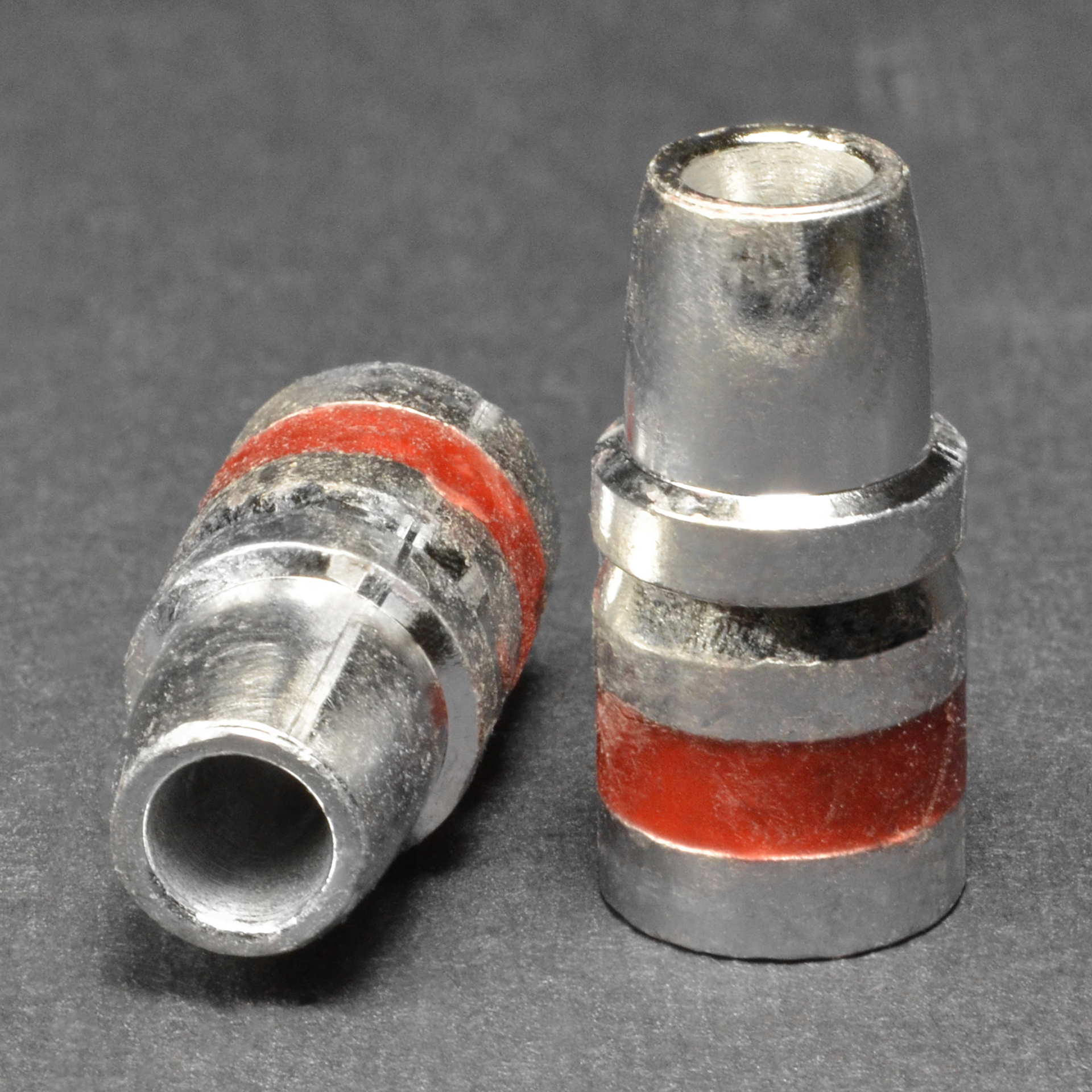
A hollow point improved the .38’s performance. He writes, “It is at its best as a game killer with the Keith 160 grain hollow point backed by 5.3 grains [of] Unique in light framed guns or 13.5 grains [of] 2400 in heavy .45 frame guns for use on all light game.”
The 5.3 grains of Unique would be right at the upper +P limit, or well past it, for a lead bullet in this weight range according to Lyman’s 50th Reloading Handbook, depending on the bullet. Velocity would run around 850 f.p.s. or more from a 4.0" barrel. (Readers should be cautious about taking handload data from historical sources and instead use pressure-tested data from modern loading manuals.)
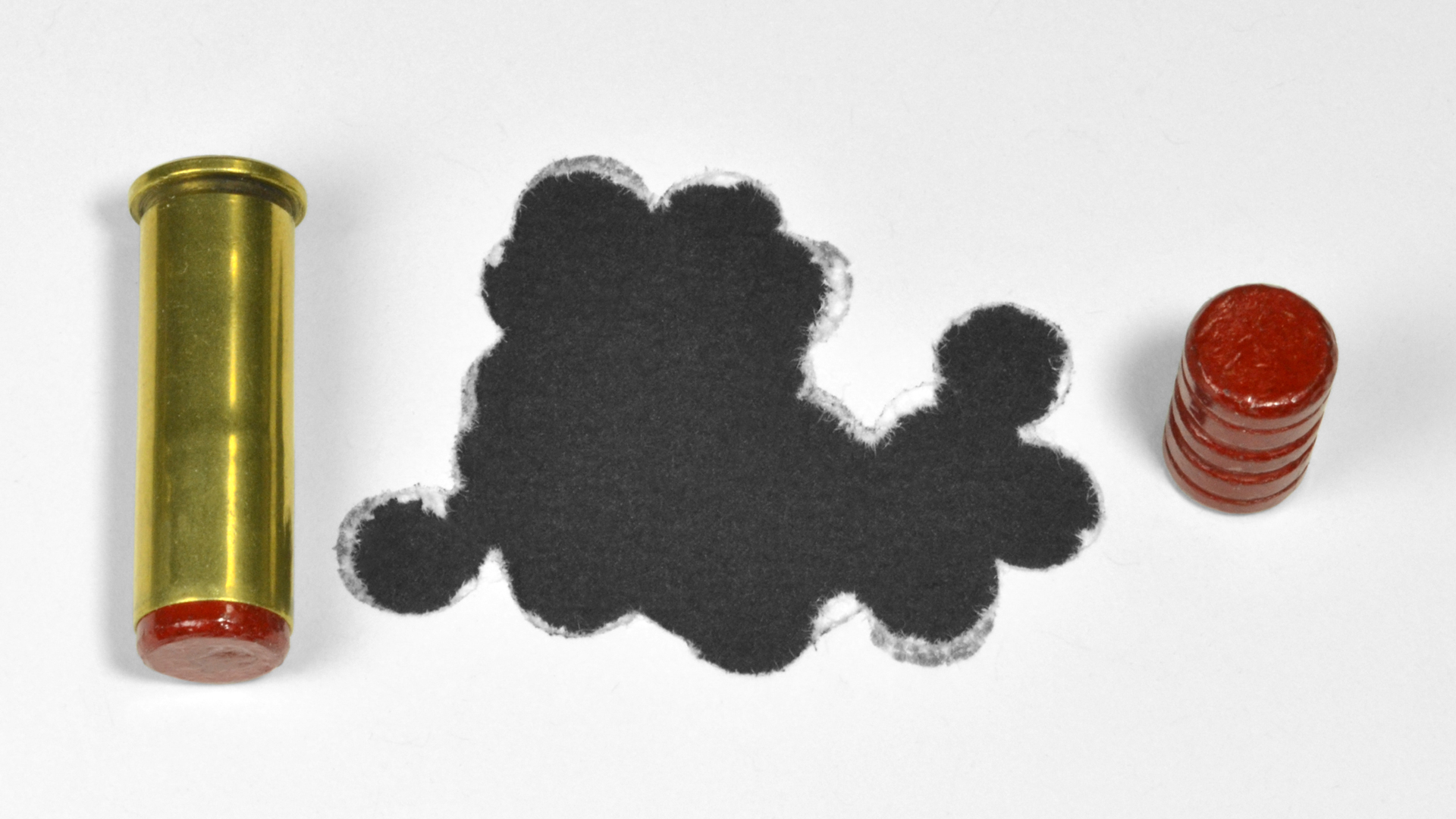
This is especially the case with Elmer’s 13.5 grains of 2400. This is NOT a load recommended for guns chambered for .38 Spl. This load is near or at the maximum load for .357 Magnum rounds with this bullet weight! It produces .357-like pressure far in excess of .38 Spl. rounds. Elmer was well-known for pushing things to the limit (and beyond), and this is a good example of that. But, remember, just because Elmer did it doesn’t mean we should.
Not everything Elmer Keith said about the .38 was negative. He thought it was a wonderful target round. “More matches have been won with the .38 Special than any other center fire cartridge … ” But then he points out, “ … but also more .38 Special guns have been used than any other caliber. It is no more accurate than the .44 Special, if as accurate …” He continues, saying the .38 Spl. is, “A very nice cartridge for target and small game shooting, also for light pocket defense guns.”
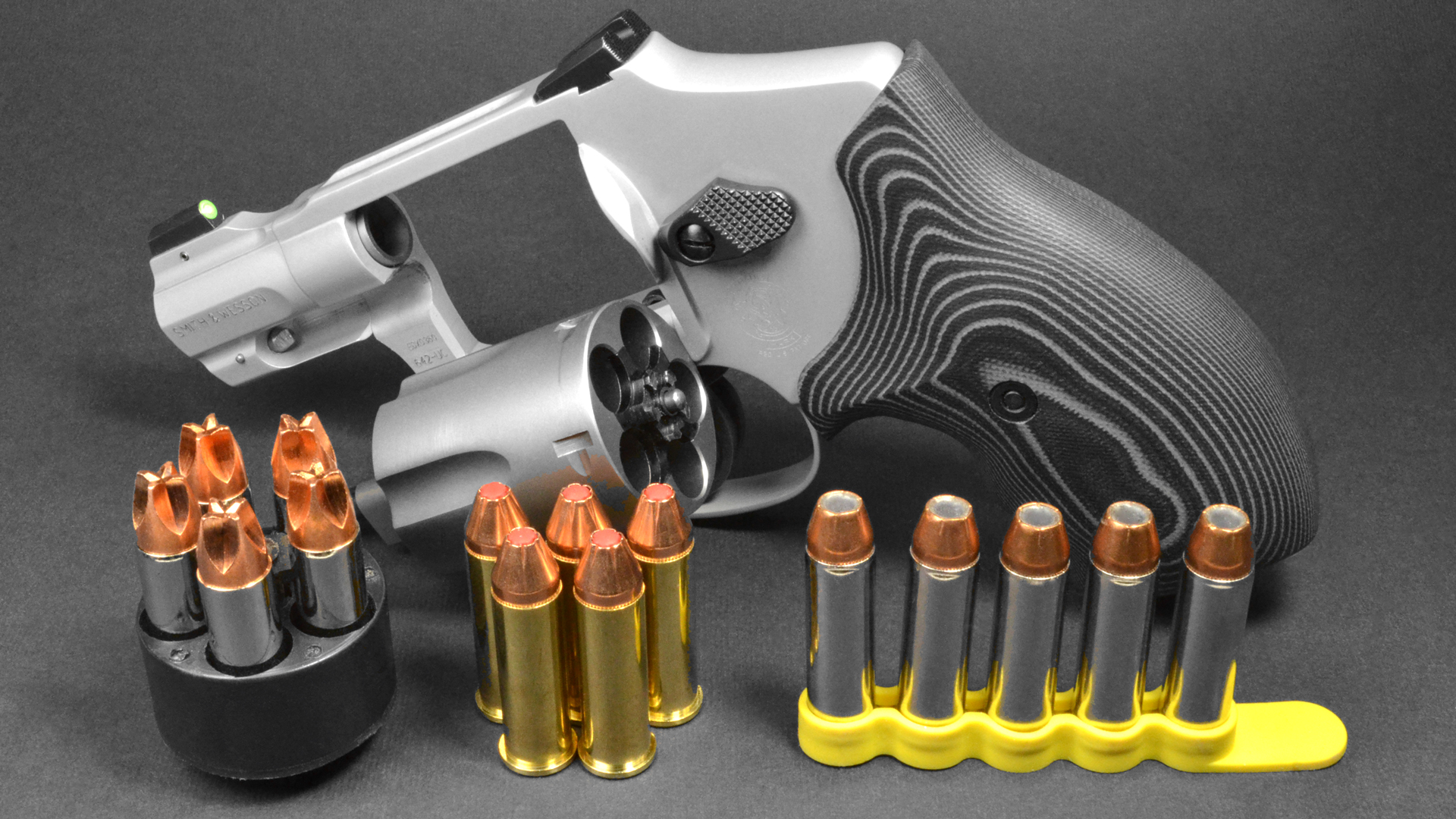
Elmer Keith was a pioneer in his time, and he had strong opinions about the usefulness of handgun cartridges. He didn’t hate the .38 Spl., but didn’t shy away from criticizing it, either. It had its place for some purposes, as long as it "stayed in its lane." He thought it was fine for small carry guns, just not for a duty weapon. This is a little odd because a pocket gun also has to be a man-stopper to be useful. We’ll forgive him for this contradiction and point out that with today’s modern bullets, the .38 Spl. becomes a respectable defense round.
Much has changed since Elmer wrote that book. The .38 Spl. has evolved considerably since the ‘50s. Bullet technology has advanced quite a bit, and shooters now have many options to choose from to fit their needs for expansion and penetration.
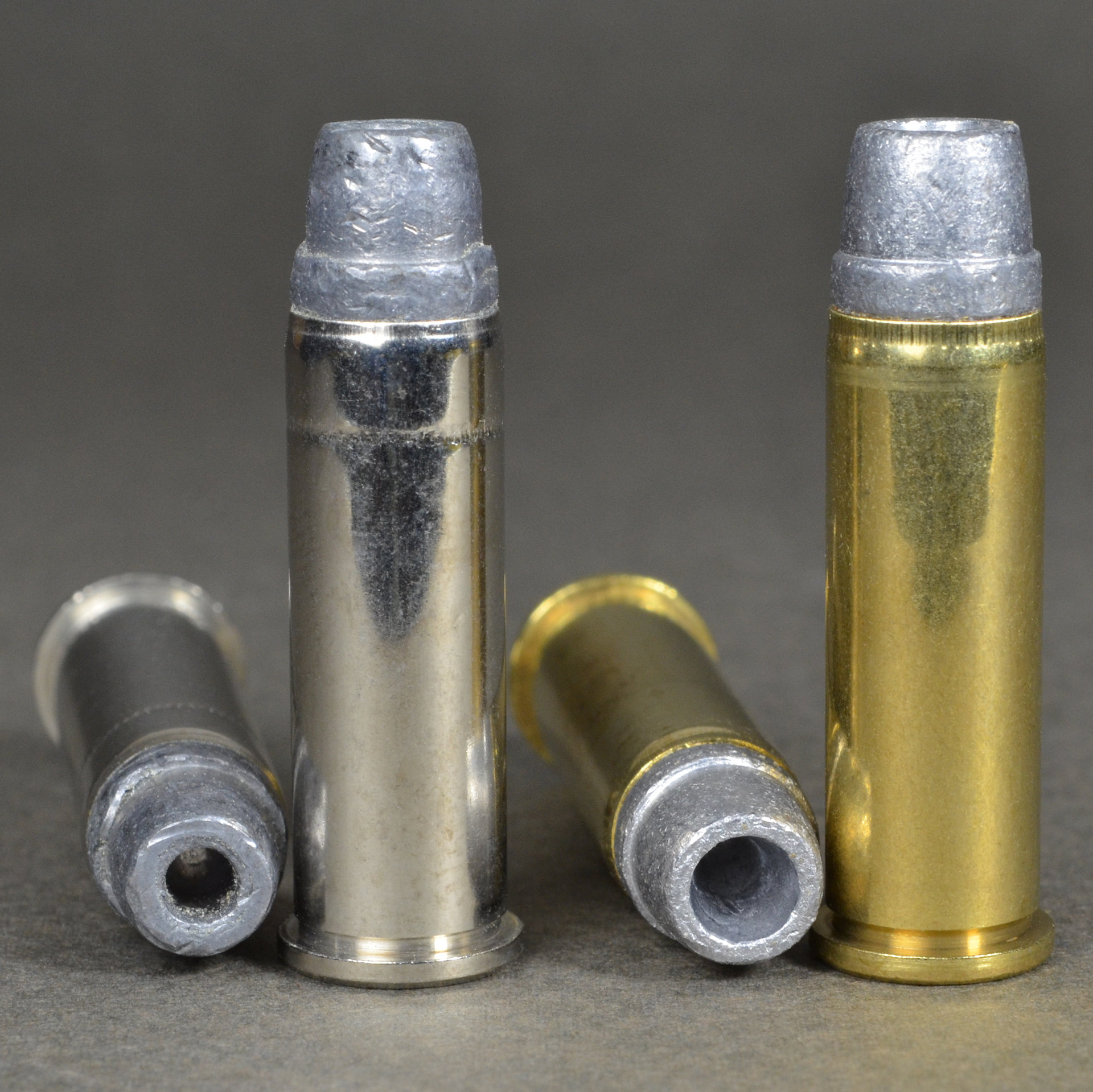
Modern copper bullets bring out the best performance of this old round. Offered in a range of weights from 90 grains and up, they fill many roles for hunting and self defense. Lightweight hollow points are often driven at high speeds to maximize expansion even in short barrels. For example, Super Vel’s Super Snub 90-grain JHP reaches 1,300 f.p.s. from a 1.88" barrel. Hornady’s FTX bullet has a plastic plug in the hollow point to ensure expansion. Lehigh Defense makes a unique, fluted solid copper bullet that produces a large wound channel like a hollow point without the need to be a hollow point. And of course, there are a plethora of quality hollow point bullets to choose from.
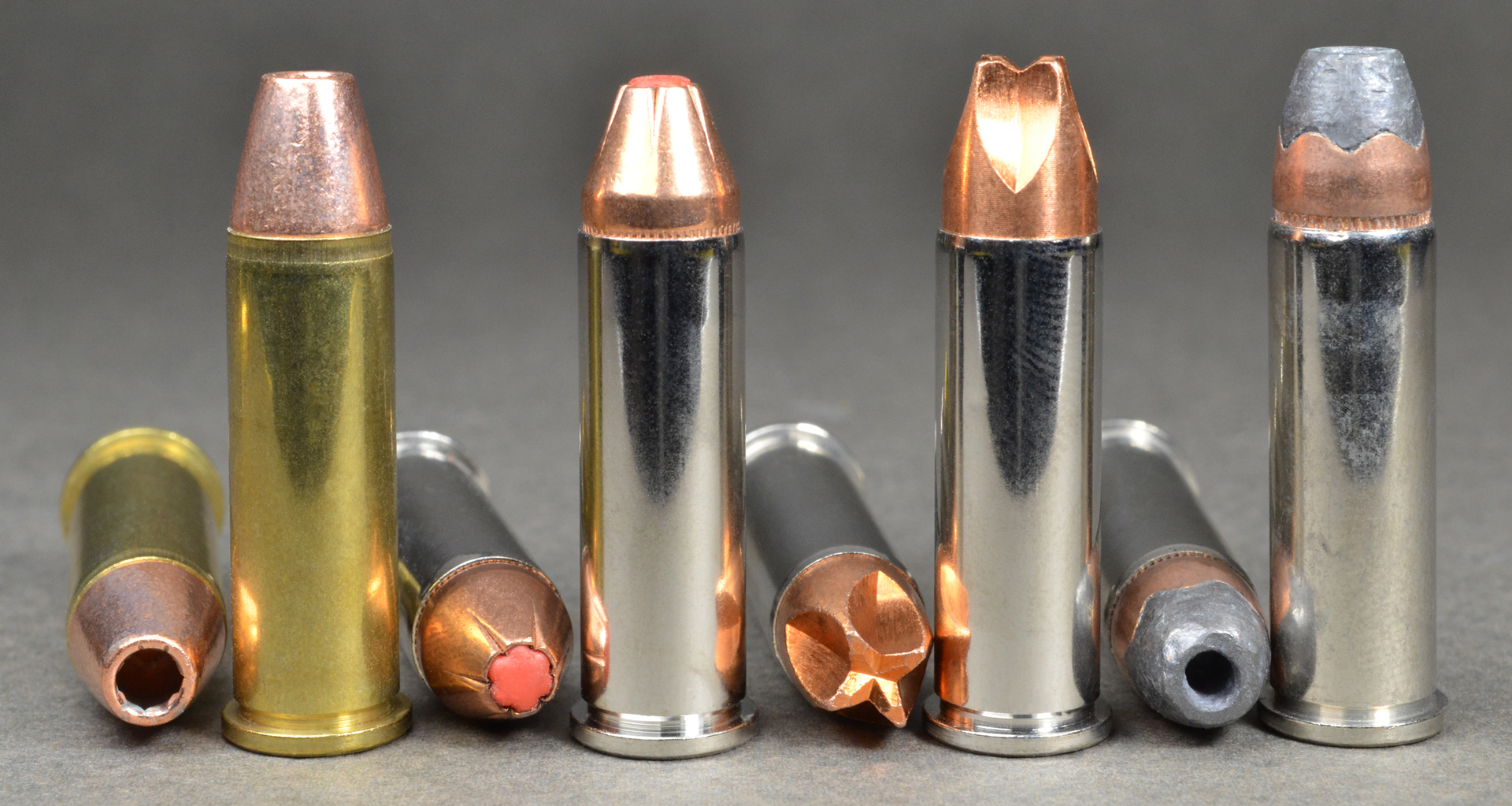
But let’s not forget lead bullets. Keith’s favored 160-grain lead hollow-point bullet has a modern incarnation as the 158-grain SWC hollow-point. It has become a standard load today from Federal, Remington, Winchester and boutique shops like Underwood and Buffalo Bore. Velocities range from 830 to 1,000 f.p.s. When loaded to +P pressures, they deliver performance even he would approve of.














